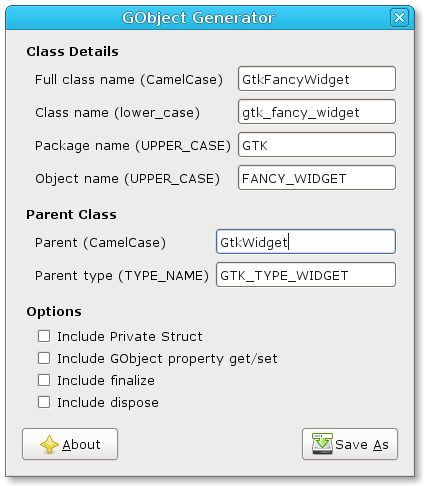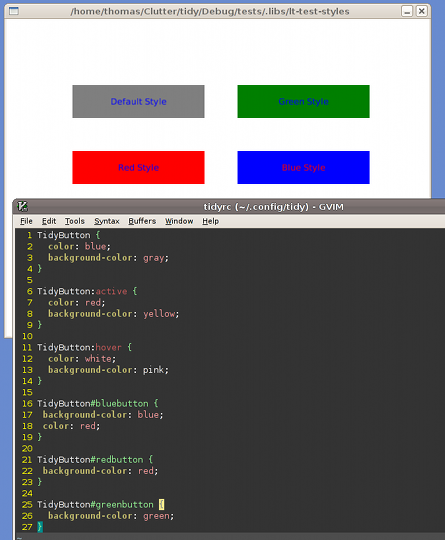There has been recent talk about GObject Generators, so I’m going to throw my own one into the mix. It’s based on Ross’ gobject.py, but given a fresh dose of GTK+ and auto completion love.

If you’d like to try it out, there is a git repository available:
git clone http://gnome.org/~thos/git/gobject-gen.git
I’d like to move it to GNOME git, but before I do it needs a decent project name. Does anyone have any suggestions? Something descriptive but unique, preferably with only 2 syllables.
Kudos to the Anjuta GObject generator for the auto completion idea. Also, before any one suggests it, I know about Vala but we’re not using it for this project, so it’s of no use.
 In the office we have two white boards that where going rather underused. Last week I decided to rectify this by drawing FOSS propaganda on one of them. On the same day,
In the office we have two white boards that where going rather underused. Last week I decided to rectify this by drawing FOSS propaganda on one of them. On the same day, 
 .
.